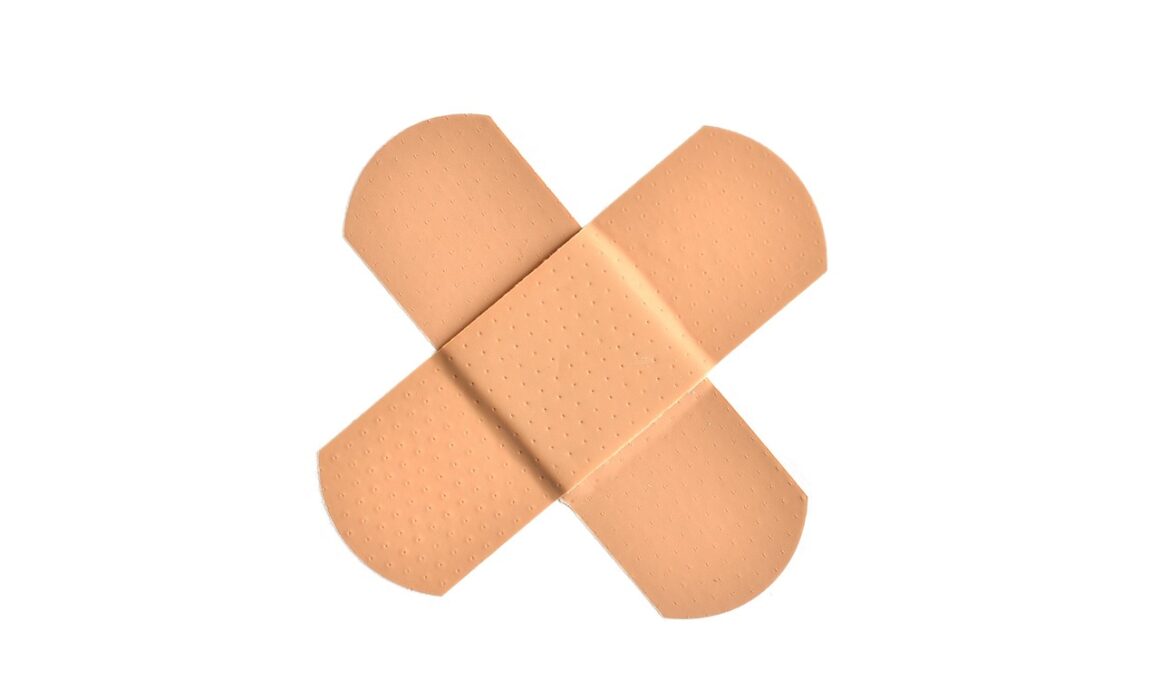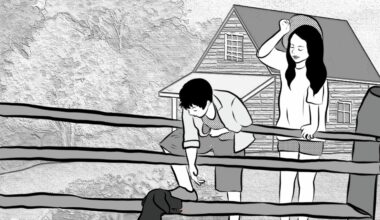Understanding Paw Injuries in Dogs
Paw injuries in active dogs can occur due to various reasons. Regular activities, such as running, jumping, and playing fetch can lead to cuts, abrasions, or cracks on the paw pads. These injuries may seem minor but can cause your dog significant pain and discomfort. It’s crucial to keep an eye out for symptoms indicating a paw injury. Signs of distress can include limping, licking the paw excessively, yelping when touching it, or hesitating to walk or run. If left untreated, these problems can lead to further complications, including infections. Therefore, understanding the causes and maintaining vigilant care for your dog’s paws can help prevent serious issues. Regular paw inspections are important, especially after outdoor activities. Look for irregularities like foreign objects lodged between pads or signs of wear and tear that might develop during walks. Knowing your dog’s normal behavior helps identify any changes promptly. In addition, maintaining a paw care routine can involve regular trimming of the nails and keeping the fur between pads short to prevent debris accumulation. Above all, awareness is key to ensuring your dog remains active and healthy.
First Aid for Minor Paw Injuries
When dealing with minor paw injuries, first aid can play a crucial role in quick recovery. The first step is to clean the injury using lukewarm water to remove dirt or debris. After cleaning, gently pat the area dry with a clean cloth or gauze. If you notice bleeding, apply gentle pressure with a sterile bandage or cloth until the bleeding stops. It is essential to avoid harsh chemicals or antiseptics, as they can irritate the paw. If the injury is a cut or scrape, you may apply a pet-safe antiseptic ointment to prevent infection. Covering the wound with a clean bandage will keep it protected, promoting healing. However, be sure to check and change the bandage regularly, especially if it becomes wet or soiled, as moisture can lead to further complications. Additionally, monitor your dog for any signs of infection such as swelling, redness, or discharge. If any of these signs appear, promptly seek veterinary assistance. Always consult with your veterinarian for proper guidelines on administering first aid tailored to your dog’s specific needs.
Preventing Paw Injuries through Grooming
Regular grooming is crucial in preventing paw injuries. Trimming your dog’s nails is an essential part of grooming. If nails are too long, they can snag on surfaces or break unevenly, causing pain or injury. Additionally, keeping the fur between your dog’s paw pads trimmed can prevent debris accumulation, which may lead to discomfort or injuries. You can either do it yourself or consult a professional groomer for assistance. Regular paw checks should also include an examination for cuts or foreign objects. Using a soft cloth to wipe your dog’s paws after outdoor exercise helps remove dirt and prevent irritants from remaining in contact with the skin. Furthermore, applying paw wax or balms provides an extra layer of protection against rough terrains or extreme weather conditions, such as hot pavement or icy surfaces. Enthusiastic dogs who run on various terrains are more prone to damage. Developing a consistent grooming routine can significantly minimize risks, ensuring the paws remain healthy and strong. Don’t forget to reward your dog post-grooming to make it a positive experience!
Identifying Severe Paw Injuries
While minor injuries can often be managed at home, there are instances where professional intervention is necessary. Severe paw injuries might include deep cuts, punctures, or broken bones. If your dog exhibits signs of extreme pain, refusal to stand or bear weight, or has an obvious laceration as a result of an accident, you should seek veterinary attention immediately. In cases of broken nails or severe paw pad tears, prompt treatment is crucial to prevent complications like infections or abscesses. Swelling that persists or worsens over time or any visible foreign object lodged in the pad also warrants vet consultation. If your dog cannot bear weight on their affected paw for more than a few moments, it indicates a serious issue. Other symptoms, such as fever or lethargy, coupled with paw injuries should also lead to an immediate vet visit. Their assessments will include diagnosing the injury’s severity and the possible need for stitches, pain medications, or a protective boot for recovery. Ultimately, knowing when to seek help can make a significant difference in recovery and overall health outcomes.
Home Remedies for Minor Cuts and Scrapes
For minor cuts and scrapes, there are effective home remedies that can aid the healing process without needing a vet visit. One of the simplest treatments involves cleaning the area using warm water and gently opening the cut to allow for drainage. Following this, apply a mixture of honey, known for its natural antibacterial properties, to the cut. Honey can help in reducing inflammation and promote healing. Alternatively, coconut oil also possesses antimicrobial properties and is safe if licked off. Applying a small amount directly to the cut can moisturize and protect the area. Ensure you keep an eye on your dog during the healing process. If they start licking the area excessively, it might be beneficial to use an Elizabethan collar to discourage this behavior. Over-the-counter pet-safe antiseptics can also be used, but it’s wise to consult your veterinarian for recommendations. Keeping your dog calm and limiting their activity can help facilitate faster recovery. Always be attentive to any signs of infection, as early intervention leads to better outcomes with injuries.
Protective Gear for Active Dogs
Ensuring your dog has protective gear can greatly reduce the chances of paw injuries during activities. Investing in dog boots can provide an excellent solution, particularly for dogs performing athletic activities or walking on hazardous terrains. Dog boots come in various designs and sizes, providing adequate comfort for your pet. They protect against sharp objects, hot surfaces, and icy conditions which can severely affect paw health. When selecting boots, ensure they fit well without causing pressure or discomfort. Additionally, continuous exposure to water or mud can weaken a dog’s paw pads, causing irritation. Waterproof booties can also help, particularly in wet conditions or while hiking through muddy paths. Another option is to apply paw wax before engaging in outdoor activities. This wax acts as a protective barrier against heat, cold, and other irritants. When training or exercising with your pet, keeping these protective measures in mind can help in maintaining their overall paw health, ensuring they enjoy their playtime without risk of injury. Always remember to let them acclimate to wearing new gear and monitor their comfort level.
Long-term Paw Health Care
A crucial aspect of preventing paw injuries is establishing a long-term care routine. Regular veterinary check-ups are essential as they can help catch early signs of problems that may develop. Your vet can assess your dog’s paw health and recommend specific preventive care tailored to your dog’s lifestyle. This includes understanding the appropriate diet and supplements that promote strong nails and skin. Offering a balanced diet rich in vitamins will contribute to overall paw health. Regular activities such as walking, hiking, or running should be included, promoting overall physical health. It is also vital to adapt to seasonal changes. During winter Months, consider using paw ointments to protect the pads from ice melting agents, while summer might require additional hydration and paw maintenance. Educate yourself about common paw conditions that may affect specific breeds or types, so you can remain proactive. Ultimately, combining all these practices fosters a strong foundation for your dog’s paw health, ensuring they lead an active, joyful life for years to come.


